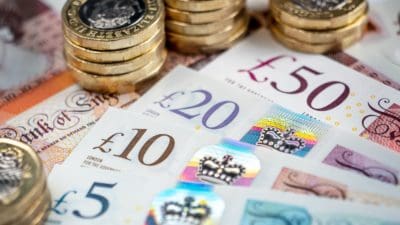 Everyone loves a double bagger, and since June 1 2012, Aviva (LSE: AV) (NYSE: AV.US) has delivered the goods, rising by 103% from a low of 255p to its current price of 517p.
Everyone loves a double bagger, and since June 1 2012, Aviva (LSE: AV) (NYSE: AV.US) has delivered the goods, rising by 103% from a low of 255p to its current price of 517p.
As a shareholder who bought in at 310p, I’m happy. But has the insurer got the makings of a long-term hold, or does its chequered record make it too risky?
1. Three
Three: the number of times Aviva has cut its dividend in the last ten years. Although I’m broadly bullish on Aviva and don’t intend to sell my shares, I can’t ignore this weakness.
Aviva’s payout has fallen from a ten-year peak of 34.2p in 2008, to just 14.6p last year — a 57% decline.
However, although the firm’s dividend history should serve as a warning flag, I don’t think it’s fair to write off Aviva’s income potential on this basis. Chief executive Mark Wilson’s recovery plan appears to be working: cash remittances rose by 40% to £1.3bn last year, while operating expenses fell by 7%.
2. 11.1
Aviva currently trades on a 2014 forecast P/E of just 11.1. City analysts’ consensus forecasts suggest that adjusted earnings per share (eps) will rise to 46p this year, while the firm’s dividend is expected to climb by 10% to 16.5p, giving a prospective yield of 3.2%.
Aviva appears to have strong momentum at the moment and I expect decent earnings growth this year, but it’s worth remembering that the firm only earned 22p per share from continuing operations last year — the remainder of the firm’s profits came from divestments.
Aviva warned of ‘soft conditions’ in its first-quarter update, and there is a risk that earnings could come in below expectations this year.
3. 469p
Aviva’s MCEV (Market Consistent Embedded Value) net asset value per share — an industry-specific way of valuing an insurance business — is currently 469p.
For much of the last few years, Aviva’s shares have traded below their MCEV value, making them a technical value buy. That’s not the case anymore, so value investors might argue that it’s now time to sell Aviva, particularly as the firm’s dividend cuts mean that its yield is now below the FTSE 100 average of 3.4%.
I agree with this view: I suspect that most of the value in Aviva has now been realised, and the gains from here on are likely to be through income, rather than capital gains.







